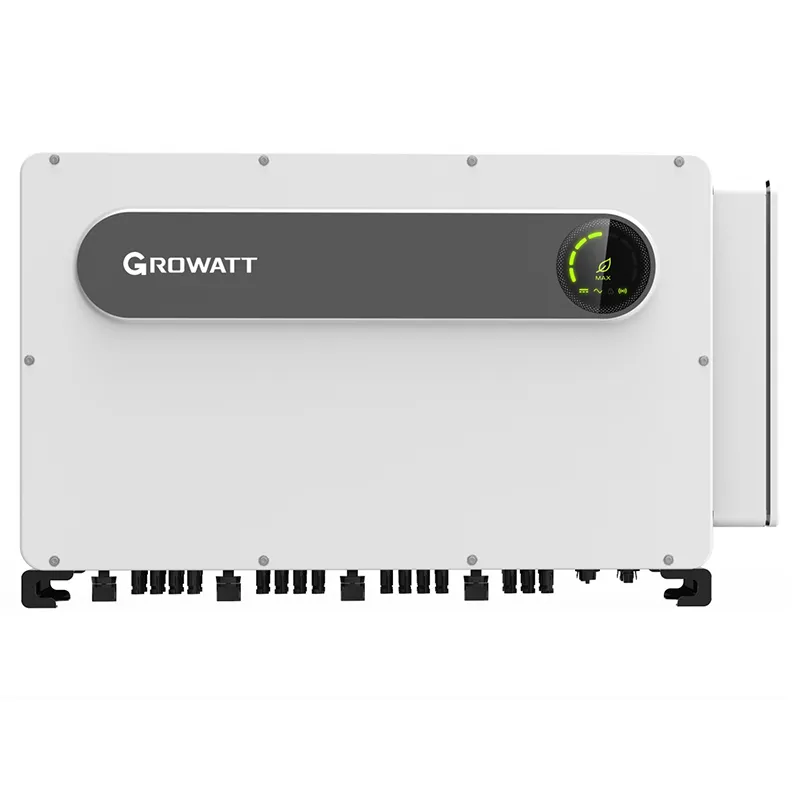Exploring the Dimensions and Specifications of 500 Watt Solar Panels for Efficient Energy Solutions
Understanding Solar Panel Dimensions for 500W Systems
In the quest for renewable energy solutions, solar panels have emerged as a vital technology driving the transition to sustainable power. A specifically notable segment is the 500-watt solar panel, which is gaining popularity among homeowners and businesses looking to harness solar energy efficiently. One crucial aspect of solar panels that potential buyers should consider is their dimensions, as these can significantly influence the installation process and the overall efficiency of the solar power system.
Firstly, it's important to grasp what a 500-watt solar panel entails. Typically, a 500W solar panel is designed to produce 500 watts of electricity under optimal conditions, primarily determined by factors such as sunlight intensity, angle, and temperature. These panels commonly come in monocrystalline or polycrystalline forms, each with its specific power output and efficiency ratings.
Understanding Solar Panel Dimensions for 500W Systems
1. Space Considerations Knowing the dimensions of a 500W solar panel is key for homeowners and businesses looking to install solar systems. Roof space is often a limiting factor, and understanding how many panels can fit on a given area allows for better planning and optimal energy production. For instance, a standard residential roof might accommodate multiple smaller panels rather than fewer larger ones.
solar panel dimensions 500w

2. Weight and Structural Support The weight of a solar panel can impact installation. A 500W panel can weigh between 40 to 50 pounds. Therefore, ensuring that the mounting structure can support the collective weight of the installed panels is crucial to avoid structural complications.
3. Aesthetic Considerations The dimensions of solar panels can also affect the visual appeal of a home or building. Larger panels may protrude more prominently, which can be a disadvantage for those concerned about the aesthetics of their property. Finding the right balance between efficiency and appearance can be key to client satisfaction.
4. Installation Flexibility The size of solar panels impacts their installation versatility. Smaller panels can be easier to install in irregular spaces or on roofs with various angles. In contrast, larger panels can reduce the number of connections and hardware needed, streamlining the electrical setup.
5. Performance and Efficiency Generally, larger solar panels (like 500W models) can produce more energy over the same period compared to lesser wattage panels. However, this efficiency needs to be weighed against the available roof space and structural capabilities. Thus, size is not just a number; it's integral to maximizing energy production.
In conclusion, when considering installing a solar energy system, understanding the dimensions of 500W solar panels is essential. Their size affects everything from installation feasibility and structural support to aesthetic impacts and energy efficiency optimization. As solar technology continues to evolve, prospective buyers should remain informed about the latest advancements in panel design and performance. By doing so, they can make informed decisions that align with their energy needs, space availability, and personal preferences. Transitioning to solar is indeed a significant step towards sustainable living, and understanding the specifications of the solar technology involved is key to maximizing the benefits.
-
Understanding the Advantages of Solar String Inverters for Your Energy SystemNewsApr.29,2025
-
Choosing the Right PV Inverter: A Comprehensive GuideNewsApr.29,2025
-
The Future of Solar Power: Exploring Bifacial Solar PanelsNewsApr.29,2025
-
The Complete Guide to Solar Panels: Efficiency, Cost, And InstallationNewsApr.29,2025
-
The Best Options for Efficiency and Cost-EffectivenessNewsApr.29,2025
-
Harnessing the Power of Off-Grid Solar Inverters for Energy IndependenceNewsApr.29,2025







